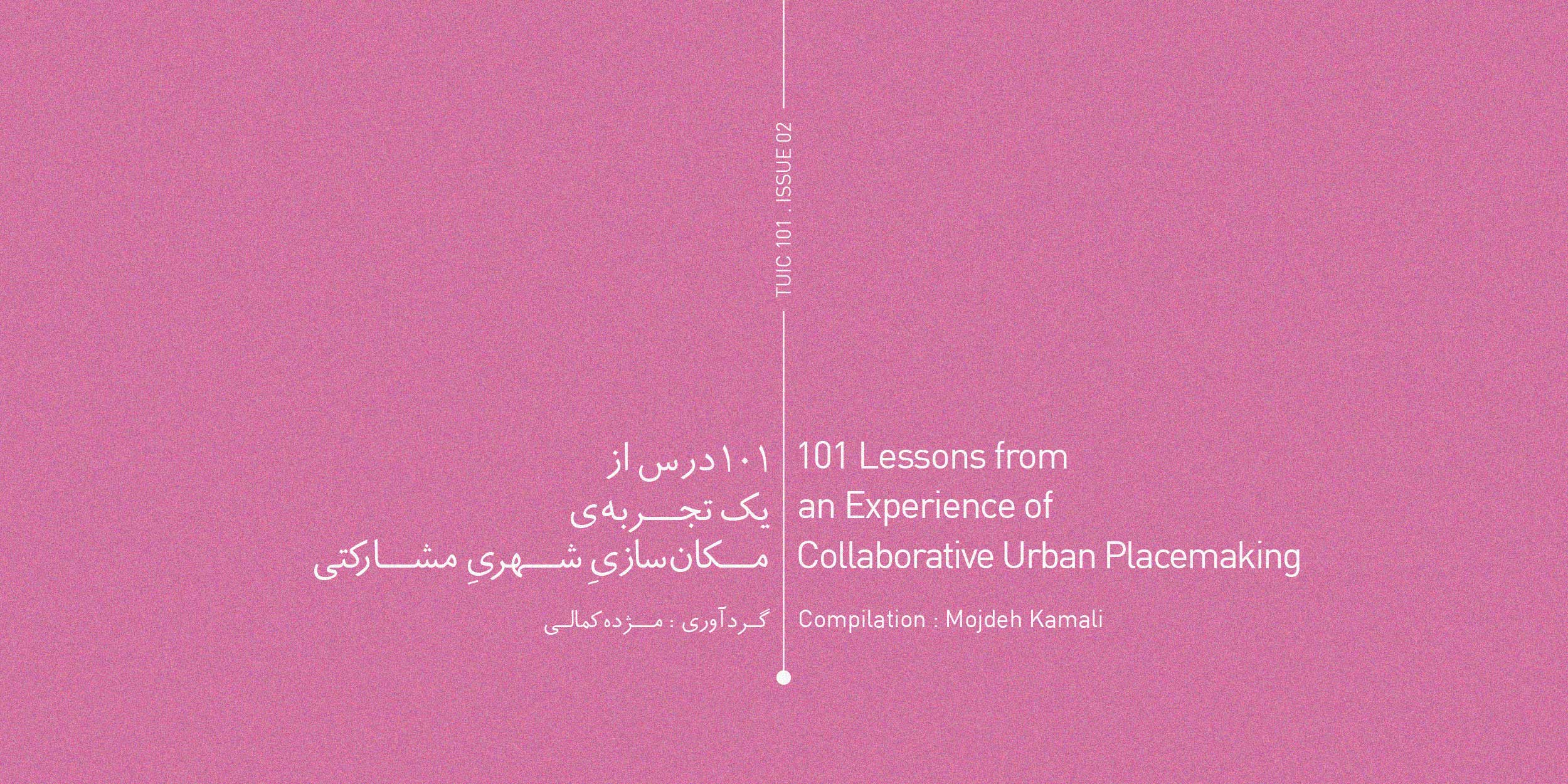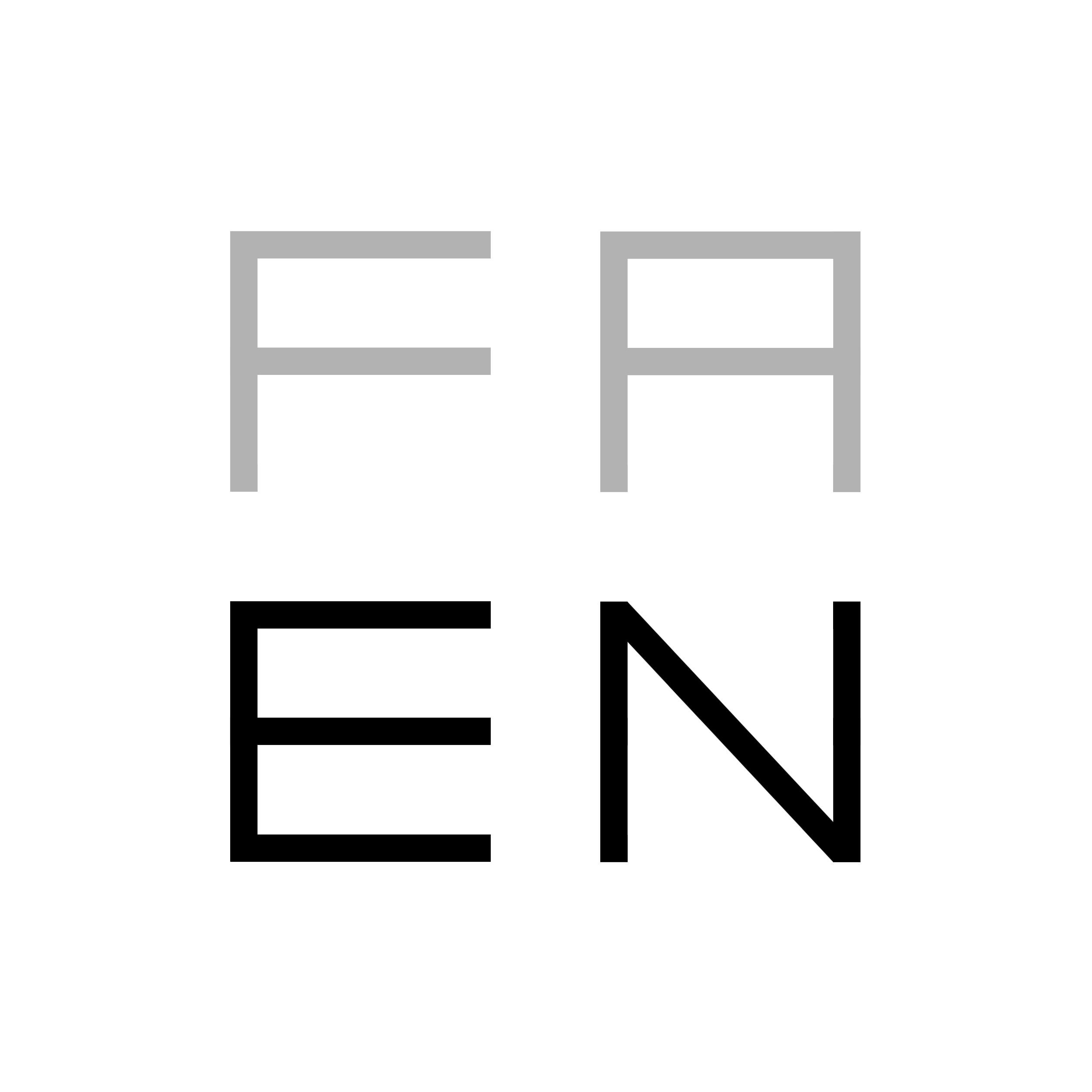February, 2020
ISSUE 02 : Collaborative Urban Place Making

The alleys of Tehran carry potentials to operate as public spaces, as opposed to passing areas; due to their spatial features and socio- cultural characteristic of their residents. It seems that transforming alleys from static, minor and neutral spaces to dynamic, interactive and livable places requires collaborative placemaking processes. TUIC defined FLIP project to examine bottom-up collaborative urban development models in order to enhance the spatial qualities of the alleys at Tehran.
In its initial phase, FLIP selected Jozi alley as a project site in Khan Sefid, Niavaran. Using Design Thinking and Tactical Urbanism as leading methods, FLIP defined، designed and implemented the changes in a one-day event, based on people’s viewpoints.
This publication highlights 101 points out of this experiment that could guide the ones who are eager to follow the same approach for collaborative placemaking in Tehran.
.

